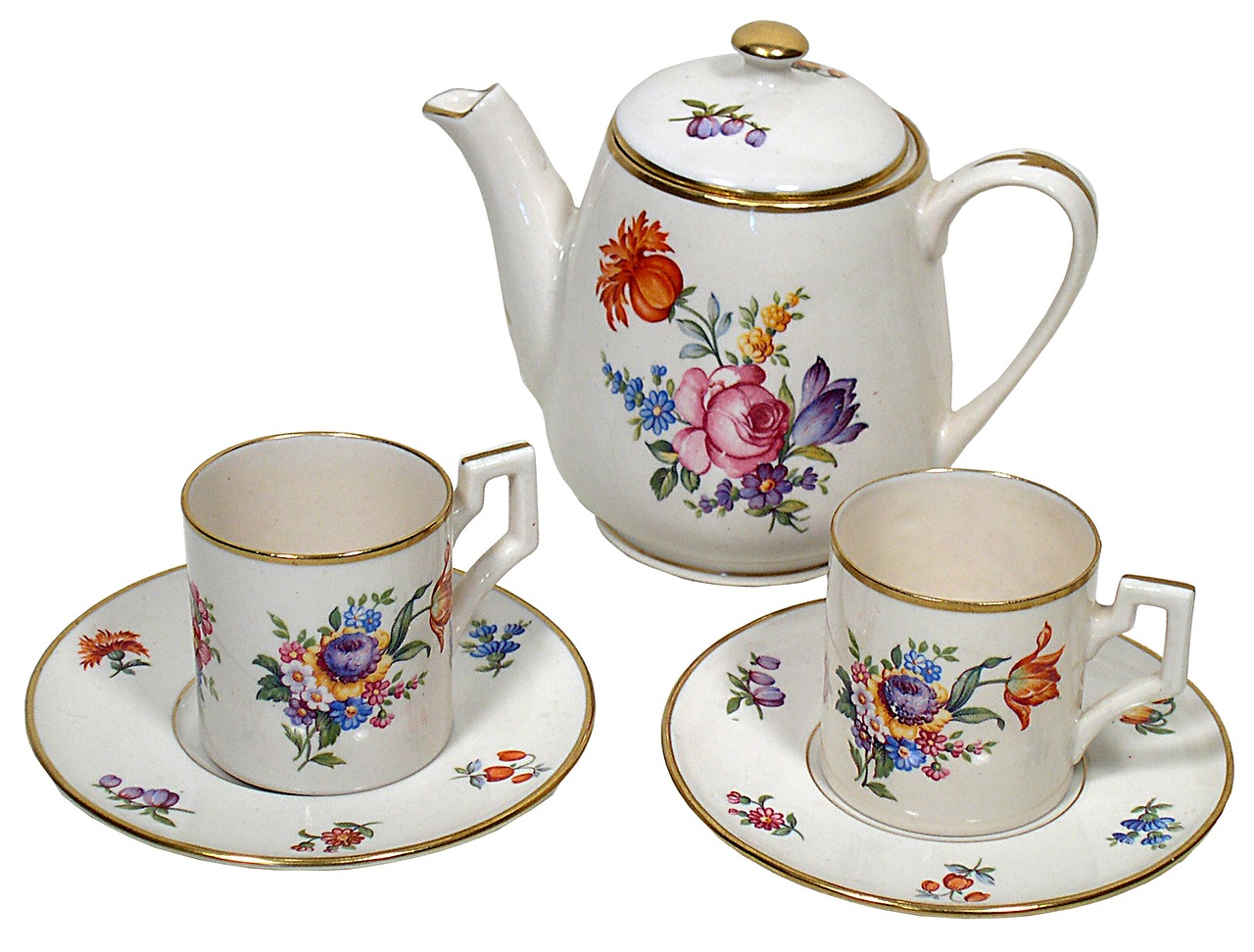So many approaches to hoarding, decluttering, letting go and to dealing with the mess in our homes are rational in their style. But we are not rational creatures, we are human beings. Better put we are 'humans being'. That means we are all emotional, that we attribute meaning to almost everything we do, see and to all of our actions around the topic of decluttering.
So every item in the home has some form of emotional attachment for us. It could be a pencil, a shirt, a saucepan, a pair of shoes or a box of toys. The single biggest obstacle to us making a good job of dealing with the stuff we have accumulated is the sentimental obstacle. We may feel we have to climb over it, step around it, or crawl underneath it, but deal with it we must if we are to make progress in any way at all. Every object in your house can have some emotional pull on you, normally associated with a memory or an image in your head about when you acquired it, who gave it to you, how you were feeling when you bought it. Each of these feelings, memories and reminiscences take up so much space in your head. Sometimes I am amazed I get anything done for all the things in my mind! These are all competing for your attention and there is only so much time you have to deal with each thought or emotional response.
When deciding to deal with the clutter that surrounds you and which overwhelms or drags you down emotionally, you are going to have to be tough with yourself. The decisions you make about what goes and what stays will be hard ones a lot of the time. But once made they should put you in a better place emotionally. In order to get results that last and which make a difference in your home environment, if you pick up every item and handle it, you then have to make a choice over what to do with it. The action of touching each thing strengthens your emotional connection to the decluttering process. You might be telling yourself that you have to keep something for sentimental reasons, but what are they? Could you justify them to a friend?
If the thing you hold cannot be placed on display in your home, then lose it. Let it go. If the item is not worth keeping in a readily accessible part of your house, and I do not mean a box in the basement or a bag in the attic, it has to go. Your task is to keep things which bring value or happiness, which support the life your choose or which should accompany you on the downshift lifestyle you seek. If everything has emotion attached to it, then you are going to keep only those items which are imbued with good, special and treasured feelings.
As with every day in which you are discarding things from your home space, be aware of how you feel as you let go of them. Be mindful of the emotions you associate with a selection of items, or the box you fill with things for the goodwill. Continue to be grateful for your observations and, if it helps to note them down, get them captured and summarised in your journal. You may let go of the items, but you will still have access to the way you felt about the process and it takes up virtually no space to store your thoughts on some special pages. You can keep the simple journal in place of the much larger volumes of stuff you are now able to let go of.

